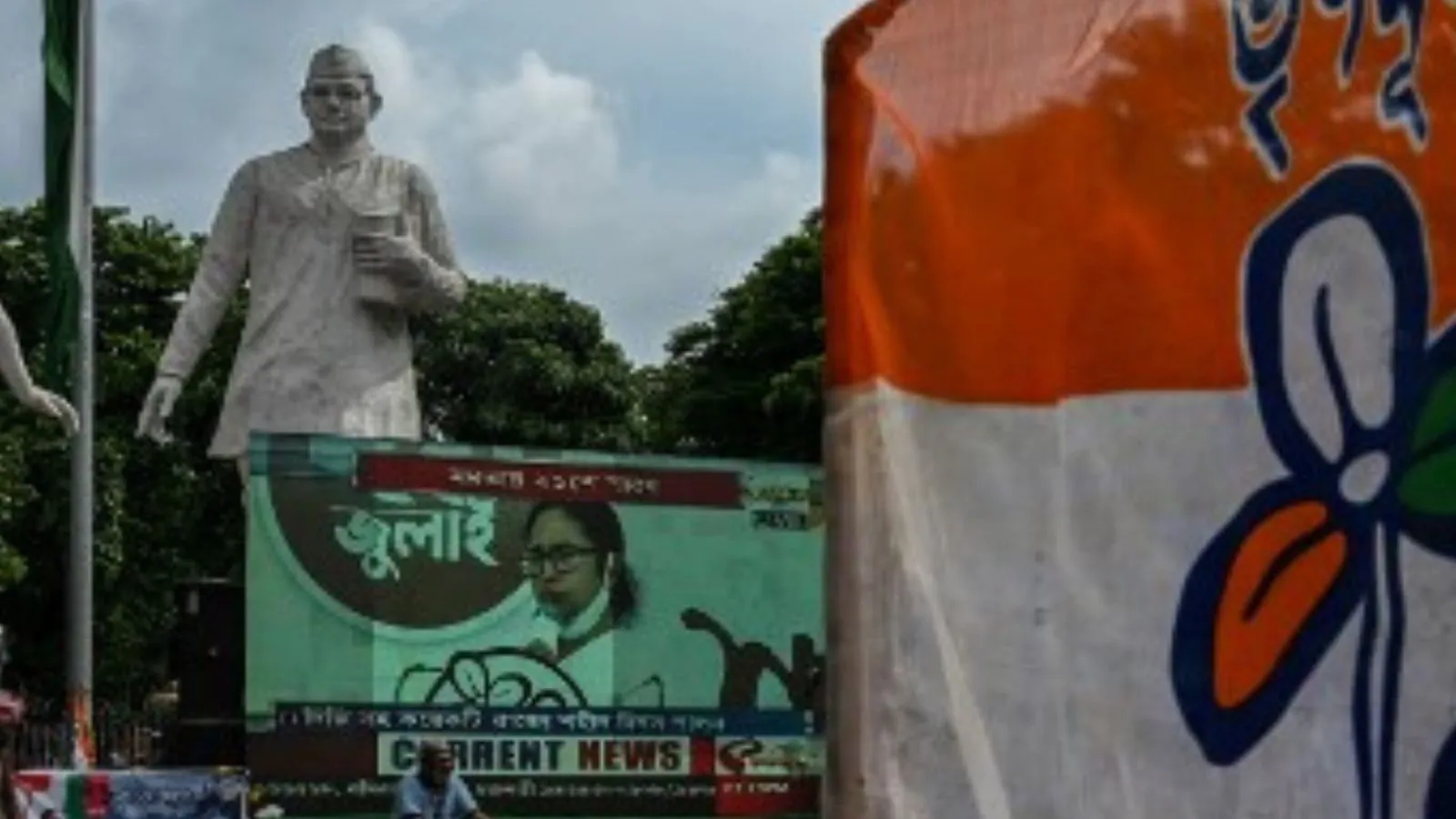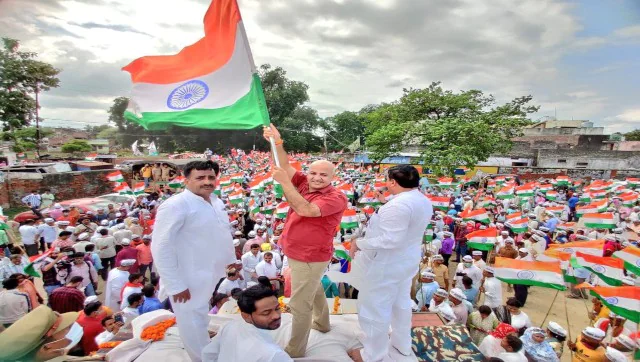New Delhi : She gets two Ministers of State for Finance Pankaj Choudhary and Bhagwat Kishanrao Karad in Wednesday’s mega Cabinet reshuffle to assist her in achieving various goals set by the government in the Budget 2021-22.
Sitharaman, who came in after Arun Jaitley opted out of the Modi 2.0 government in 2019 due to ill health, had the task cut out for her to prop up the economy facing downward pressure since 2017-18.
A two-time Rajya Sabha MP, Sitharaman created history when she became the first full-time woman finance minister of India to propel the country out of an economic slowdown and address challenges like job creation, mounting bad loans and slowing investment.
Prior to this, Indira Gandhi, as Prime Minister, held additional charge of the finance ministry in 1970-71.
Sitharaman, a post-graduate in economics from Delhi’s Jawaharlal Nehru University (JNU) and an MPhil in international relations, is facing the biggest challenge of lifting growth and also the business sentiments which have been hit hard by the coronavirus pandemic.
The GDP growth has been slipping since 2017-18 and nosedived last fiscal on account of the pandemic and subsequent lockdown.
The other important tasks before the finance minister are to contain the fiscal deficit, give a push to disinvestment and prevent global credit rating agencies from taking any adverse action.
The GDP growth rate, which was 8.3 per cent during the demonetisation year when 86 per cent of India’s currency was junked, fell to 7.2 per cent in the following year 2017-18. It further dropped to 6.1 per cent in 2018-19 and subsequently to 4 per cent.
The Indian economy contracted sharply by 7.3 per cent during April 2020 to March 2021 (FY21), weighed down by the nationwide lockdown that plummeted consumption and halted most economic activities.
This was the first full-year contraction in the Indian economy in the last four decades since 1979-80, when GDP had shrunk by 5.2 per cent.
Linked to this is lifting of sagging investment and job creation which has ebbed due to the moderation in growth for the last four years.
As regards fiscal deficit, which is a measure of the government’s borrowing, it has reached a record level of 9.3 per cent of the GDP during 2020-21.
During the current year, meeting the Budget Estimate of 6.8 per cent seems to be a daunting task given the moderation of tax revenues.
GST collection slipped below ₹1 lakh crore in June for the first time in eight months as the second wave of the pandemic and the resultant lockdowns hit businesses and the economy.
At ₹92,849 crore, the Goods and Services Tax (GST) collection was the lowest in 10 months since August 2020, when it was ₹86,449 crore.
Due to the second Covid-19 wave, there are fears that the ambitious disinvestment target of ₹1.75 lakh crore for this fiscal may not be realised. The finance ministry failed to meet the record ₹2.10 lakh crore target last fiscal and closed the year with a mop up of ₹32,835 crore from CPSE share sale and buybacks.
Sitharaman, who has worked at the London office of consultancy firm PwC, is also working on attracting investment by private sector.
To prop up investment, the government had trimmed the corporate tax rate in September 2019 in the backdrop of a six-year low economic growth and a 45-year high unemployment rate.
The government slashed corporate tax rates for companies by almost 10 per cent to 25.17 per cent to bring them at par with Asian rivals such as China and South Korea, as it looked to boost demand and investments.
This landmark decision was taken two-and-half months after she presented her maiden Budget that was hailed as “development-friendly” and “future-oriented”.
This fiscal measure cost the government ₹1.45 lakh crore in revenue annually.
On the financial sector front, Sitharaman may have to battle rising non-performing loans due to the pandemic.
Sitharaman was born on August 18, 1959 in the temple town of Madurai, Tamil Nadu. She did her schooling and graduation in Economics from Seethalakshmi Ramaswamy College in Tiruchirapalli.
She served as an assistant to Economist in the Agricultural Engineers Association, UK in London. She subsequently worked as Senior Manager (Research and Analysis) with PricewaterhouseCoopers, London. During this time, she also briefly worked with BBC World Service.
On her return to India, she served as Deputy Director of the Centre for Public Policy Studies at Hyderabad.
Sitharaman’s political innings began when she became a member of the National Commission for Women in 2003 when Atal Bihari Vajpayee was the prime minister.
She formally joined the BJP in 2006, and became a party spokesperson in March 2010. In May 2014, she was appointed minister of state (independent charge) of the commerce and industry as well as minister of state for finance.
In the Modi 1.0 government, Sitharaman became the first full-time woman defence minister in 2017.
This story has been published from a wire agency feed without modifications to the text. Only the headline has been changed.




